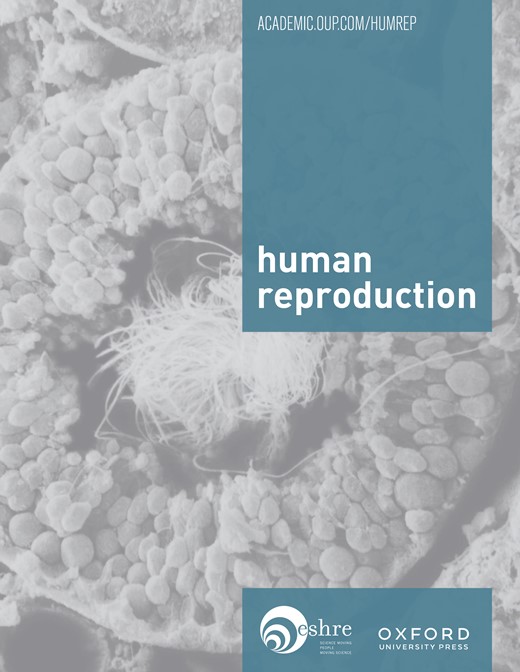-
PDF
- Split View
-
Views
-
Cite
Cite
P F Serhal, D M Ranieri, A Kinis, S Marchant, M Davies, I M Khadum, Oocyte morphology predicts outcome of intracytoplasmic sperm injection., Human Reproduction, Volume 12, Issue 6, 1 June 1997, Pages 1267–1270, https://doi.org/10.1093/humrep/12.6.1267
Close - Share Icon Share
Abstract
To examine the influence of cytoplasmic morphology on the success rate of intracytoplasmic sperm injection (ICSI), the morphology of 837 metaphase II oocytes was assessed after cumulus stripping. The main abnormalities detected were excessive granularity, cytoplasmic inclusions such as vacuoles, smooth endoplasmic reticulum clustering and refractile bodies. Microinjection was performed in 538 oocytes with normal cytoplasm, 142 out of 161 with excessive granularity and 112 out of 138 with cytoplasmic inclusions. Very poor oocytes were not injected. No difference was found in fertilization rate. The embryos achieved cleaved normally and a similar number of good quality embryos among the three groups was noted. The outcome of transfer of embryos derived solely from normal oocytes (group A: 72 patients, 183 embryos) was compared with those from oocytes with cytoplasmic abnormalities (group B: 34 patients, 85 embryos). In group A, 17 clinical pregnancies (24% per patient, implantation rate 10%) were established. In group B, only one clinical pregnancy (3% per patient, implantation rate 1%) was established, from the transfer of embryos derived from oocytes with homogeneous granularity of the cytoplasm. No pregnancy resulted following the transfer of embryos from eggs with cytoplasmic inclusions. The difference was statistically significant. The outcome of ICSI is dependent on the quality of the oocytes retrieved. Normal fertilization and early embryo development were achieved in oocytes with abnormal cytoplasm morphology, but the resulting embryos failed to demonstrate the same implantation potential as those derived from oocytes with normal cytoplasm.



